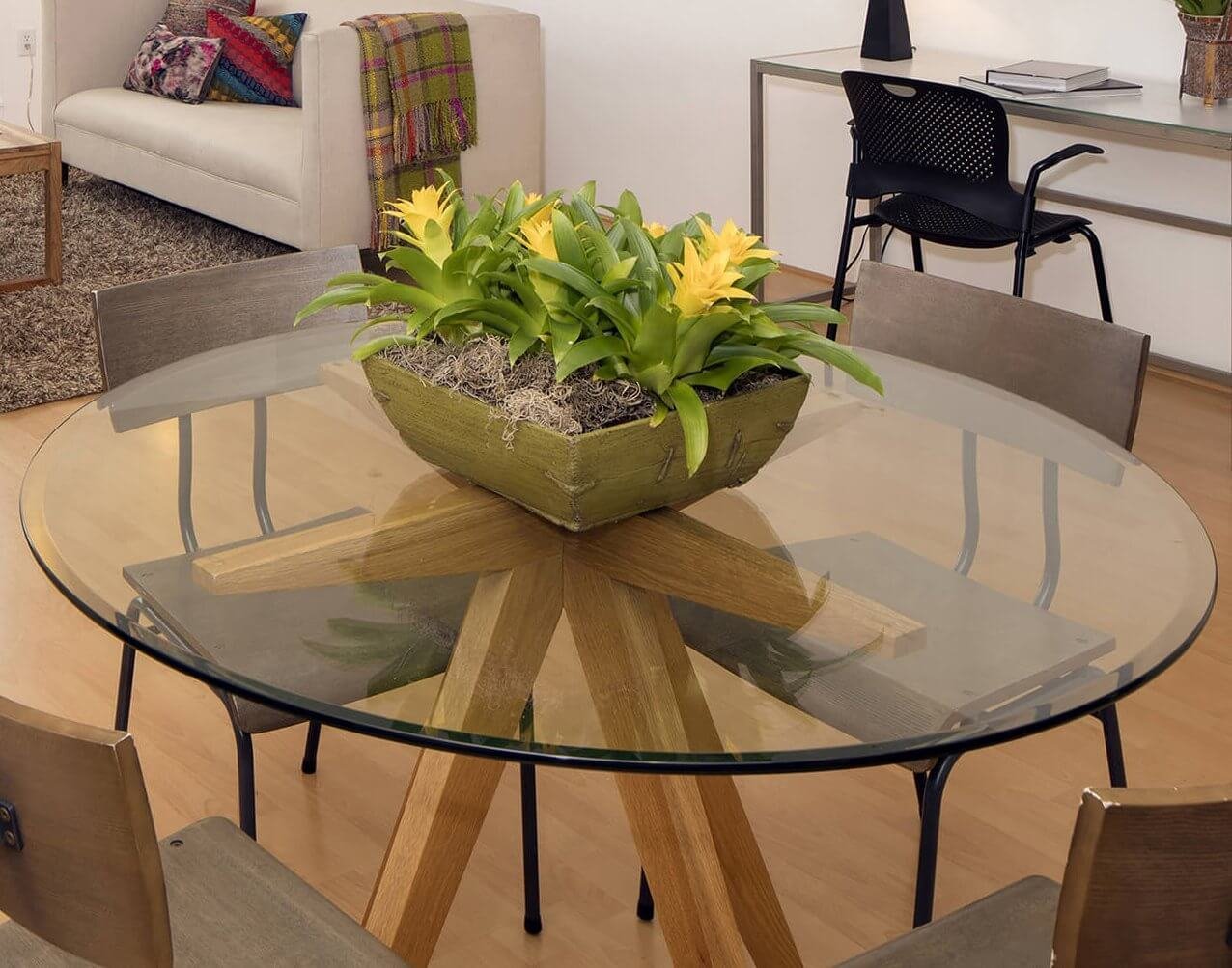
How to Transport an Upright Piano
Upright pianos are a beautiful piece of equipment that provide a nice warm sound in your house. If you need to transport one of these musical instruments you need to keep a couple of things in mind, but this we should first understand a little bit more about pianos in general.
What Are the Different Types of Pianos?
There are roughly four different types that are commercially available: Electric pianos or keyboards, square pianos, grand pianos, and upright pianos, which will serve as the primary focus of this article. There are others that stretch all the way back to antiquity.
The first piano is credited to Bartolomeo Cristofori in Italy. First developing it in 1700, he took what he knew about other stringed instruments, like the harpsichord, and applied it to the development of the piano.
Upright pianos, also called vertical pianos, are by far the most common type of piano because of their combination of affordability and compactness. Regardless, their weight and size can vary tremendously, coming in anywhere from 300 to 900 pounds.
What Do I Need to Move One of These Pianos?
Ideally, you’re going to want a few friends to help you out. They don’t have to be particularly muscular, but you do need to avoid anyone with a history of back or hip injuries. From here, you need to make sure you are properly outfitted with the right clothes.
When moving a piano, Flat Fee Movers Tampa, movers in Tampa, FL, note that it’s best to avoid wearing any jewelry like necklaces or bracelets, along with any baggy clothing. Try to wear a pair of athletic shoes or work boots, along with a pair of work gloves to get a better grip on the piano.
What Do I Need to Do to the Piano Before I Move It?
Make sure to start by putting the key cover down and lock it in place. Protect the piano by covering it with blankets; moving blankets work best, but a normal comforter will work in a pinch. From here, you can keep them all in place by either taping or strapping the blankets on.
Determine the shortest path that gets you to the vehicle, but its best to go over it with your helpers so they know what to expect. As you are plotting out your path, make sure to move any furniture that could get in the way, along with putting down any ramps you might have for steps.
If you followed all the appropriate steps, actually moving the piano is a simple process. While lifting with your legs, gently put the piano on top of the dolly, and using either straps or a rope, tie the piano to the dolly.
How Do I Go Up or Down Ramps?
Slowly! If you can position two movers at the front end of the piano and another at the back, all the better. Ideally, you want the pair of people at the front of the piano to control the weight as it comes down the ramp, while the one in the back will steer it so it stays straight.
If you have to go up a ramp into the truck bed, position everyone in the opposite formation of before; meaning you’re going to want a pair of people at the back of the piano to push it up the ramp and a single person at the front end to steer.
I Made a Mistake and My Piano Got Damaged! Now What?
If you have some minor scratching, don’t worry, this is easily removable. There are many finishes out there that need only be applied with a rag and just little bit of elbow grease. If you have anything larger than this, you might need to go to a refinisher.
To refinish a piano yourself, all you need are some basic materials to do it. Think of things like a strippers, scrub pads, scrapers, sanding pads, brushes, and of course the stain and finish itself. It is also a good idea to buy gloves that are chemical resistant.
Upright pianos can weigh upwards of 900 pounds, but as long as you have the right amount of help and follow the correct procedure, there is no reason that this should be a huge undertaking. Even if you do make a mistake, it is possible to fix minor scratches and bruising yourself.








